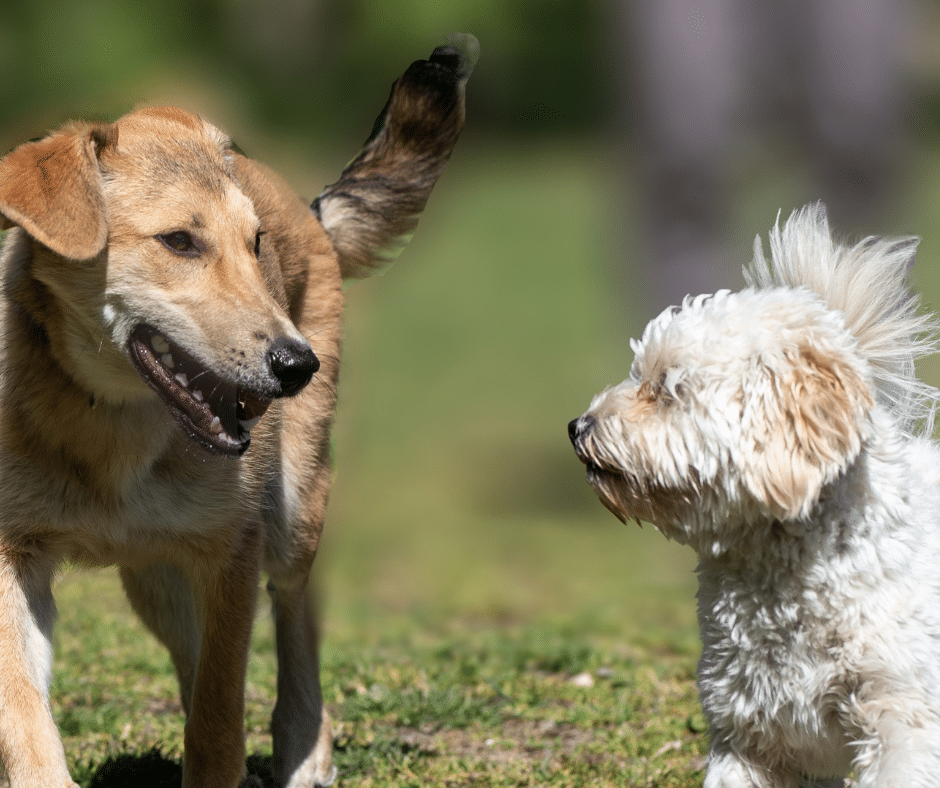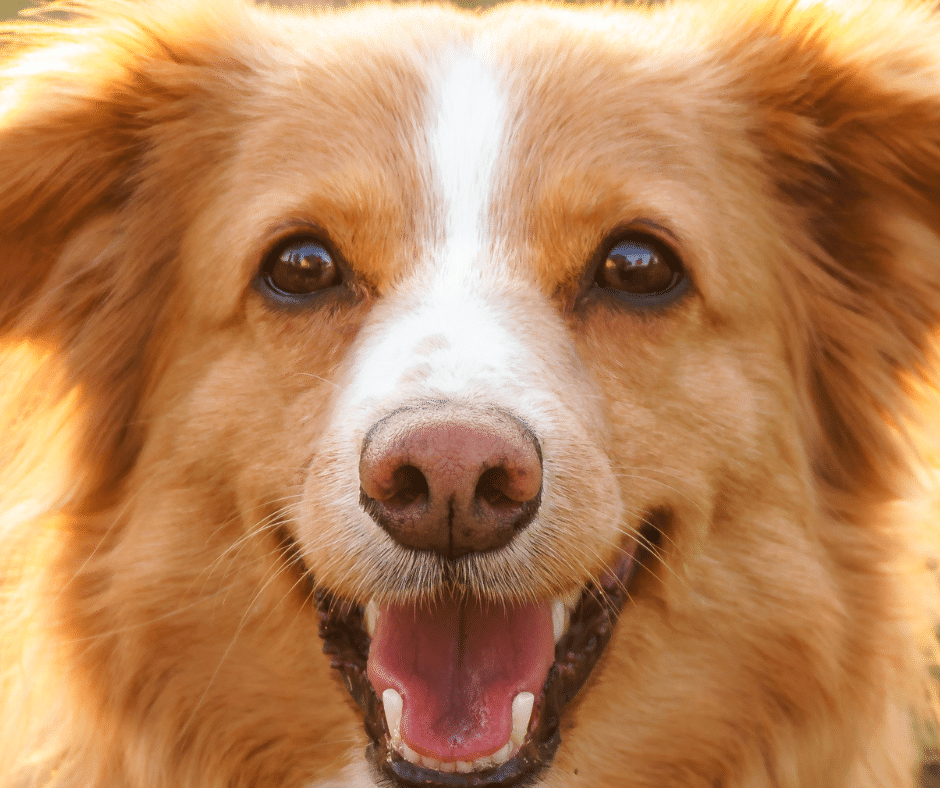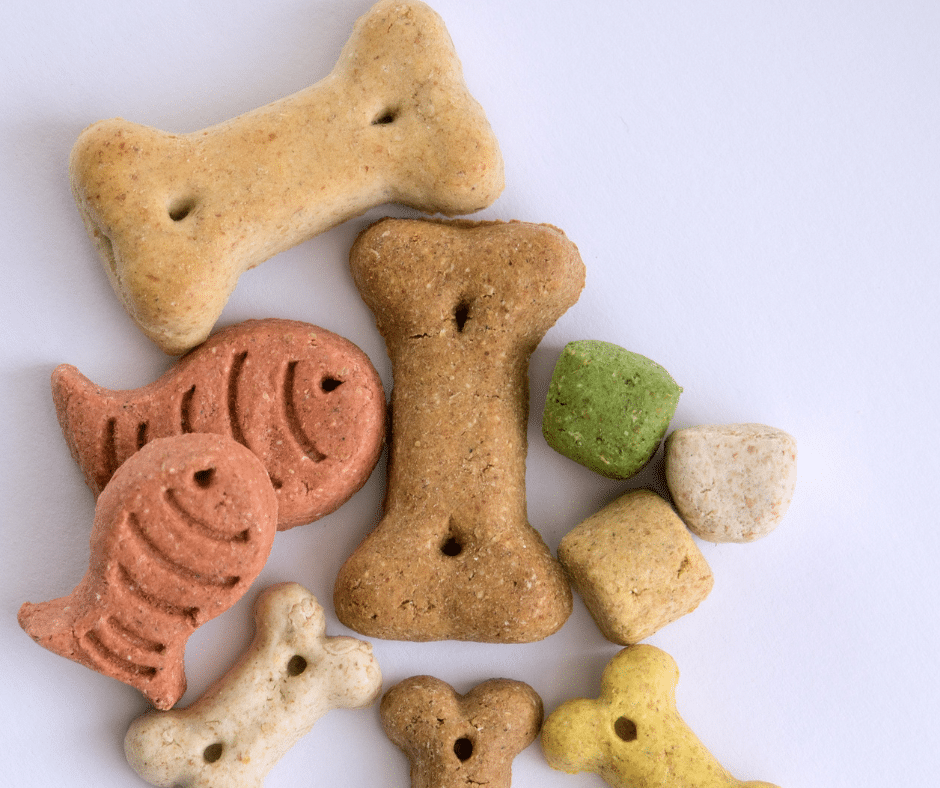A dog gnawing on a bone is a wholesome image, but not entirely safe for the dog in question. So your canine companion ate a rib bone; how should you proceed? More pressingly, is this a time-sensitive issue, and should you be worried?
As is the case with most suspicious food items you believe your pet to have ingested, the severity of the situation in the case of rib bones depends upon a plethora of external factors.
You will be relieved to know that your pet dog eating rib bones is not a cause for alarm in and of itself. However, a good rule of thumb while dealing with a situation in which your pet has ingested an unknown and/or potentially harmful substance is to keep a close eye on them for any signs of distress. It might not always be harmful, but there is no harm in monitoring.
Immediate Steps
- Carefully examine your dog’s mouth for any remaining fragments of bone. If you do find residual splinters and pieces, remove them at once.
- Observe your dog for any signs of distress. Dogs have myriad ways of showing physical discomfort and in this case, keep an eye out for:
[su_list icon=”icon: caret-right” indent=”45″]
- Whining
- Howling
- Snarling
- Yelping/ growling
[/su_list]
- Gently prod your dog’s abdomen. If he makes a sound of pain, there is a chance that a bone fragment has lodged in his intestine or stomach, which is a signal for immediate medical attention.
- Keep an eye out for signs of lethargy and/or a loss of appetite your dog may display. In the event that this does come to pass, seek immediate medical attention.
- Check your dog’s stool for blood and mucus. This is indicative of gastrointestinal disturbances, which could escalate into other infinitely more severe issues.
- Give your dog plenty of water and make sure he is hydrated. Water, being a lubricant, can help ease the bone along its way in the digestive system.
- Feed your dog some bulky dog food. Bulky food can surround the bone shards present in the abdomen or intestinal system, and aid in its expulsion.
Safely Out Of The Woods?
Let us assess the damage.
Suffocation And Choking

The primary threat is suffocation and choking. The bone shard may be large enough to become lodged in the dog’s throat. If you suspect that your dog may be choking, waste no time and perform the Heimlich Manoeuvre. Seek medical help as soon as possible in order to ensure that your dog has not suffered/ will not suffer additional damage.
Injuries And Abrasions
Bone splinters may also cause damage to the dog’s mouth, which in turn may lead to bleeding and abrasions. This can turn into a very painful experience for your dog and may lead to his not being able to eat or chew properly for a long time afterwards. Such damage caused to the inside of your dog’s mouth and throat demands that you seek medical help.
Vomiting And Diarrhoea

As mentioned earlier, your dog may experience vomiting and diarrhoea. This is a sign of gastroenteric inflammation and can be a source of great discomfort for him. Consult your vet if it persists.
Internal Injuries
Your dog may suffer some internal injuries, which, quite understandably, can prove to be a source of immense distress. If you are unsure about what the procedure is for treating such an injury, consult your vet.
Intestinal Obstruction
Bones may also cause blockages in your dog’s gastrointestinal tract, which, more often than not, will lead to problems in passing stool. This can be immensely painful for the dog and may require endoscopy. In the worst of cases, this can lead to death.
Why Do Bones Cause So Much Damage?
Bones are brittle, which means that when your dog gnaws on them, there is a high possibility of them splintering and forming sharp shards and edges. As you can probably imagine, these sharp splinters then proceed to cause an immense amount of damage to the insides of the dog. Even worse is if these internal injuries become infected. These can be quite expensive to treat, not to mention the tremendous amount of pain that your pet would have to endure.
However, bones in and of themselves are not harmful to dogs. The rate of digestion depends upon various factors, ranging from the number of bones ingested to the size of the dog in question. Have no fear, however, the gastrointestinal acids that are present in a dog’s stomach are definitely strong enough to digest bones.
However, if the thought that your dog may be suffering from additional problems and/or indigestion worries you, you can always seek medical help from a vet. It is always better to be safe than sorry.
Raw Bones Or Cooked Bones: Which Is The Lesser Evil?

Raw bones, by far, are likely to cause less damage in the event that they are ingested by a dog (or any other household pet for that matter). The reason for this is that cooking enhances the brittleness of bones, rendering them more likely to splinter and form sharp shards when gnawed on by a pet. Raw bones are exponentially more flexible than cooked ones (because cooking hardens bones) which means that they are less likely to become lodged in the gastrointestinal system.
Alternatives To Bones
Dogs, as you must be aware, have a great love of chewing and gnawing on any suitable (and at times even unsuitable) item that presents itself. This is a natural urge that is the result of millennia of evolutionary adjustments. While you may not be able to eliminate this impulse entirely, you can control what objects to give your dog to chew on.
Chew Toys
Chew toys are a good alternative. Apart from the fact that they can help your dog satisfy his chewing impulses, they have the added bonus of being completely non-hazardous. However, it is important that you choose the right chew toy for your dog, depending upon his size and jaw strength.
They even improve your dog’s dental health, as the act of chewing can help scrape away tartar and plaque that accumulates on the teeth. It’s also an easy way of improving your dog’s breath.
Above all this, chewing in dogs helps alleviate stress and anxiety, and encourages playfulness.
Raw Bones
Raw bones are also a better alternative as compared to cooked bones. Raw bones are softer and more flexible than cooked bones, and thus pose less danger as regards the event of them causing harm to your dog’s insides.
In addition to this, raw bones provide nutrition to your dog’s diet and help improve his dental health, as well as cleanse his digestive tract.
Dry Kibble
While dry kibble does not double up as something that can be chewed on for a length of time, it is safer than cooked bones. Dry kibble, after all, does not possess the ability to damage your dog’s gastrointestinal tract. Practise moderation, however: remember that too much dry kibble is not good for any pet.
Antlers
An unexpected choice, perhaps, but antlers are packed with nutrients and overall make for a superb alternative to cooked bones. In contrast to cooked bones, when chewed, antlers do not break or splinter. Rather, they are gradually worn down as a result of gnawing. However, it is important to know when to replace the antler. If the antler has worn down enough to be swallowed by your dog, it needs to go.
Train Your Dog
While this is far from being an easy task, it is not impossible. Since chewing on cooked bones causes such extensive and varied damage to dogs, a safer, much more prudent option would be to train your dog to reject cooked bones in the first place, before disaster strikes, causing a lot of unnecessary pain to your canine companion, and setting you back by a tidy sum.
Since we now know about the many safer alternatives to cooked bones, it seems foolish not to take them to heed and bring about some changes in the dog’s daily diet. The best solution to a problem, of course, is to nip it in the bud.
FAQs
Can a dog die from eating a rib bone?
Yes, if the bone causes him to choke and suffocate, if it splinters and causes enough internal injury and/or infection, or if it causes an obstruction in the gastrointestinal tract, a dog may very well die from eating a rib bone.
How long does it take for a dog to digest a rib bone?
The average amount of time a dog requires to digest a rib bone can be rounded off to around eight hours. This can, of course, vary depending upon the size of the dog and the bone. The smaller the dog, the shorter the time required. Another factor upon which the rate of digestion depends is the general health of the dog in question.
Should you make your dog vomit after eating a bone?
No, you definitely should not do that, as you run the risk of the sharp edges of the bones causing injury to the oesophagus on the way up and out. If a dog has swallowed a bone, it is better to just let the bone be.
Can dogs get sick from chewing on old bones?
Old bones often double up as a breeding ground for bacteria, which, if ingested, can cause a myriad of problems. Frozen bones, on the other hand, are very hard and can cause considerable damage to a dog’s teeth if chewed.
